Friends! Take Heart! Winter Was Indeed Harsh, But Spring Is Here!
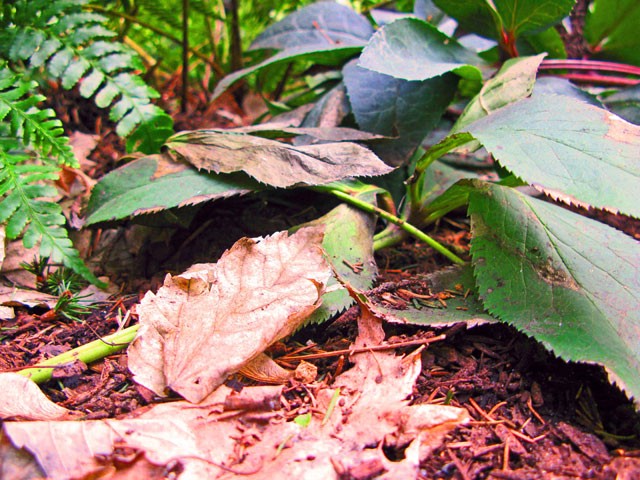
After the blizzards and hurricanes of early March, I went out to the garden to assess the damage. The plants, a sad exhibit of cracked limbs and blackened, desiccated leaves, seemed to confirm that for all concerned, it had been a fucking brutal winter.
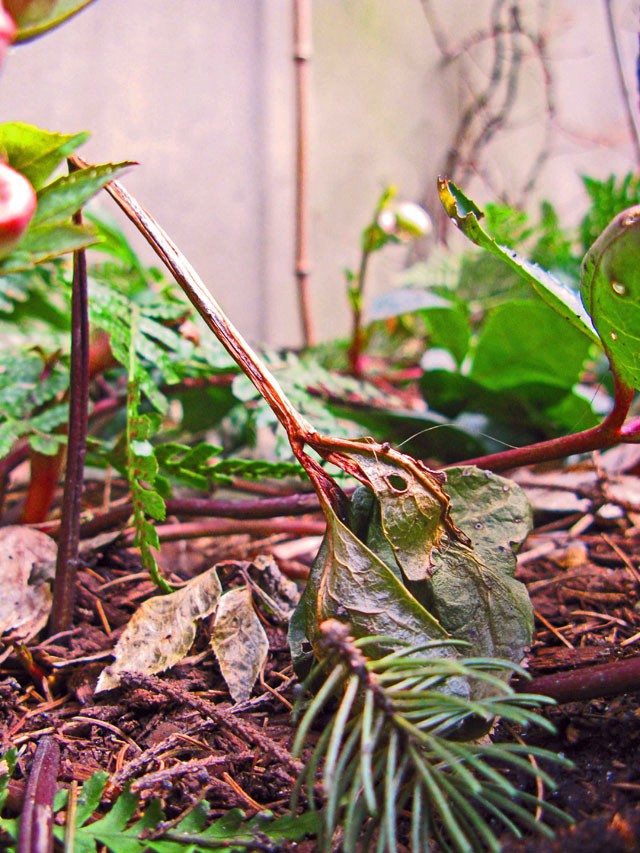
I kneeled down to take a closer look at the stem of a hellebore, bent in half like a broken wing, in front of which I saw the dislocated branch of a columnar Norway spruce (Picea abies ‘Cupressina’) that had been knocked down under the heavy snow. Both seemed to epitomize what the fading season had delivered to the world beyond these courtyard walls: earthquakes most obviously, but also continuing wars on multiple fronts, foreclosures, record unemployment, suicide, homelessness and a general level of economic stagnation and existential despair that seems to hover over the country like an oppressive cloud, making it impossible to remember the joy and spontaneity that life can deliver (albeit always in fleeting and increasingly limited doses after we pass the age of 13).
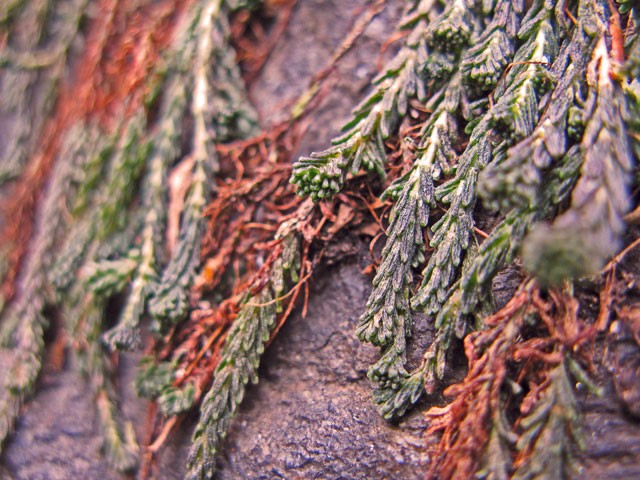
I looked at a straggling patch of sedum that just months earlier cascaded so beautifully over the rock face but now suffered greatly, and remembered the devastation I felt when Johnny Weir, despite a flawless short program and a generally untarnished free skate, failed to medal at the Winter Olympics in Vancouver.
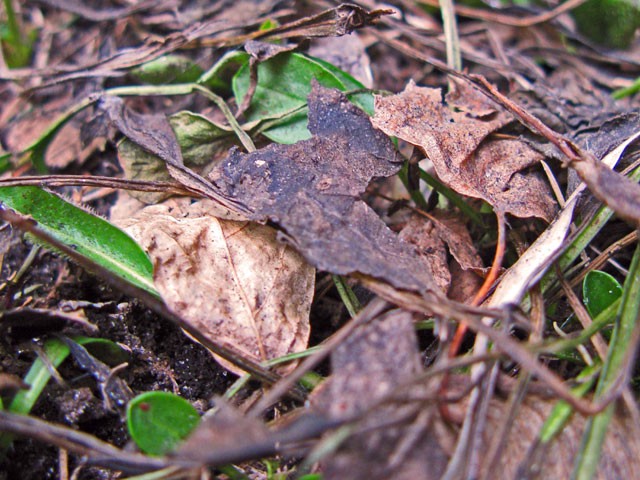
Nor did I feel any better as I considered a listless, flat clump of a perennial coreopsis, which — as I remembered the neurotic, obsessive beauty of its orange petals — reminded me of the futility of almost any creative endeavor, and how even that which flowers one season can be expected to die forgotten the next, buried under the cruel ambivalence of quarterly profits, product cycles and a million blog comments — i.e., capitalism in the modern era.
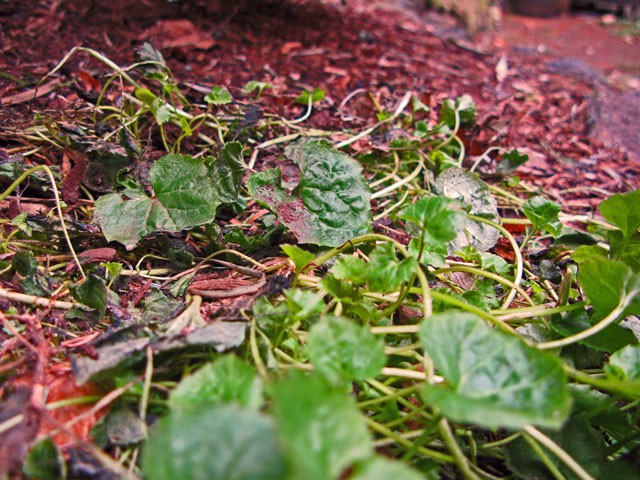
Even the campanula, which has traditionally been one of the hardiest perennials, shaking off any amount of snow like a mere coat of dust — seemed to sigh morosely in its newly crippled form: this past winter, it seemed to say, was one in which we were introduced to the trauma of Google Buzz.
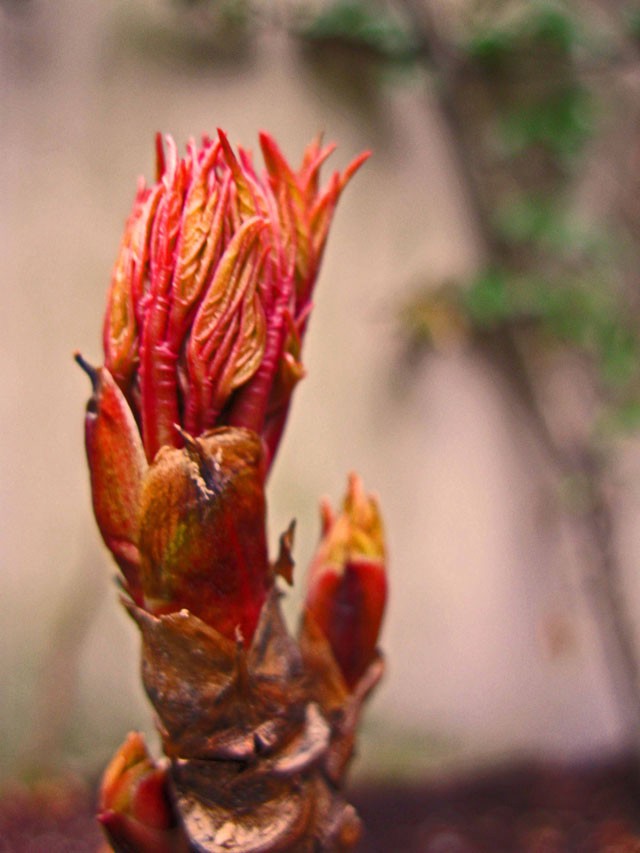
But then, on the verge of giving up on this barren landscape, I widened my gaze and noticed signs of life, admittedly tender and fragile but still persevering, such as the newly unfolding leaves of the tree peonies.
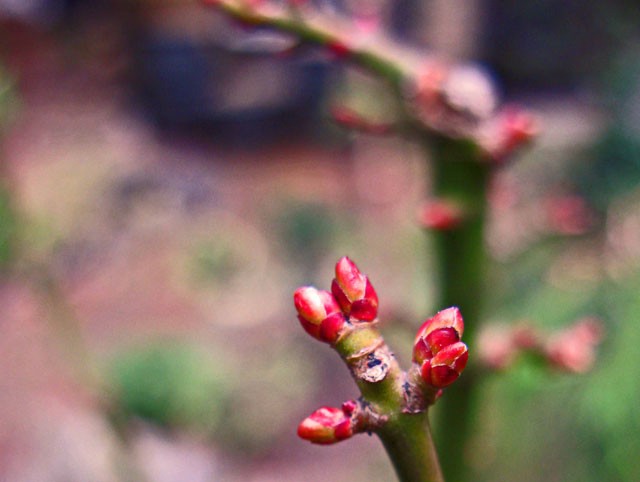
Nor were these the only plants to soldier ahead, and in doing so seemed to laugh (or at least smile) in the face of death, not caring that such is the fate of all living things. How else to explain the engorged buds of a Japanese maple (Acer palmatum ‘Elizabeth’)?
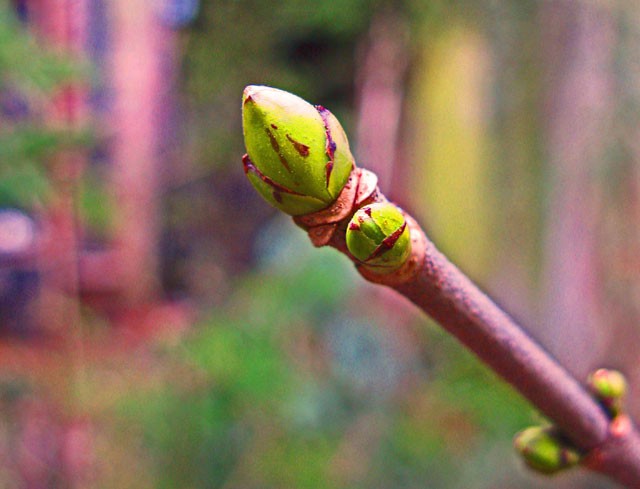
Or the Sycamore Maple (Acer pseudoplatanus ‘Eskimo Sunset’)?
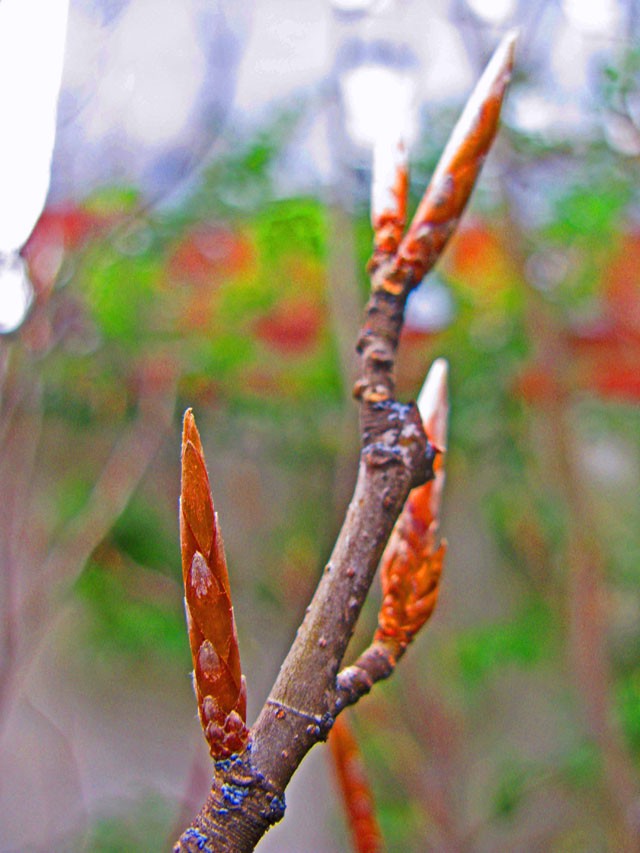
Or even the columnar beech tree (Fagus sylvatica ‘Dawyckii Purple’), which can live for hundreds of years, and is therefore almost certainly condemned to a premature death at the hands of vandals or real-estate developers long after those who have lovingly inserted it into the earth can remain to protect it?
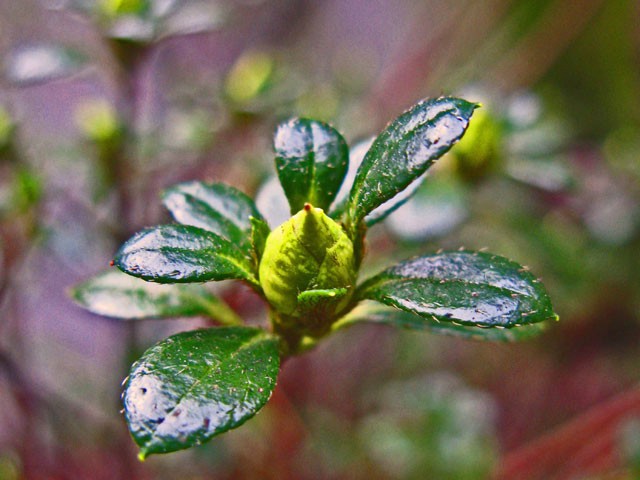
Overwhelmed with futility, I turned to the azalea. “How do you do it?” I whispered. “I mean — life! — how do you endure?”
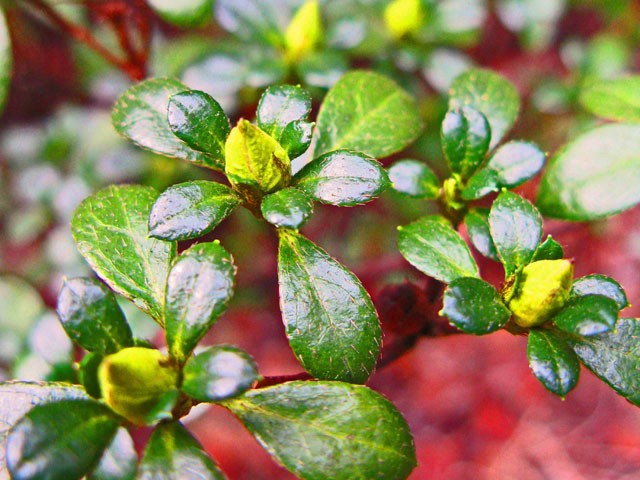
The plant nodded serenely back at me under the March light. “We live until we do not,” it offered before seeming to extend a glossy leaf, and in my tears of gratitude for this small gesture, I could feel the gentle rains of spring.
Matthew Gallaway is a writer who lives in Washington Heights. His first novel, ‘The Metropolis Case,’ will be published in 2010 by Crown.
